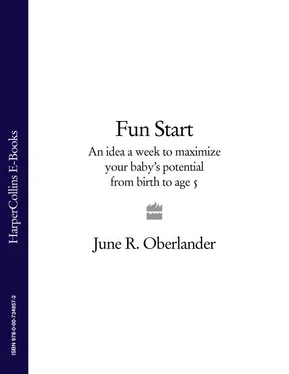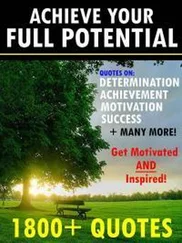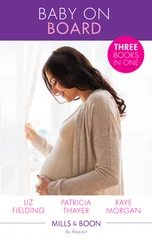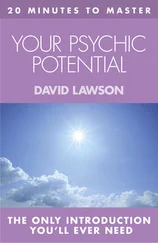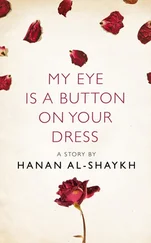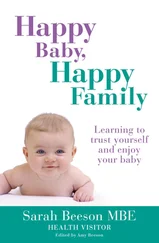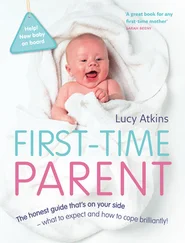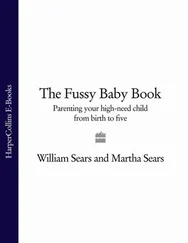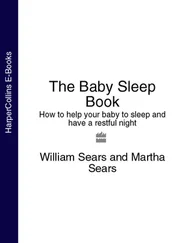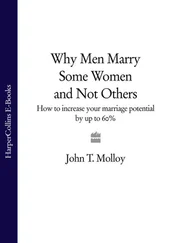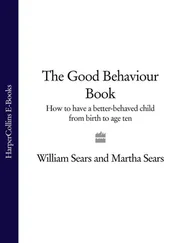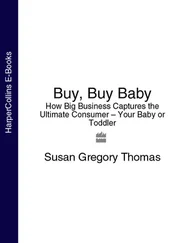An activity a week to maximize your baby’s potential from birth to age 5

Cover Page
Title Page FUNSTART An activity a week to maximize your baby’s potential from birth to age 5
Preface
Introduction
PART I
Move the Body Parts
Response to Light
Moving an Object
Make a Cradle Gym
Mirror and Pendulum
The Sock Ball
Response to a Noise Maker
Awareness
Interaction With Your Baby With Understanding
Large Muscle Activities
Eye-Hand Coordination
Observing Different Faces
The Face Observation
Stomach Position and Free Movement
Listening to Sounds
Developing Grasp and Eye-Hand Coordination
Listen and Do
Nursery Rhymes
Reach to Grasp
More Awareness of Hands
Awareness of Fingers
Awareness of Toes
Move to Grasp
Drop and Fall
Listen to the Sounds
The Sock Ball Throw
Toss the Ball Up and Watch
Awareness of Feet
Stacking and Falling
Paper Noise
Shake, Listen and Find
Watch the Ball
Bowl and Ball Roll
Sizes
Blowing Bubbles and Water Splash
Shoe Box House
Feely Squares
The Magic Mirror
Faces
Move and Roll
Poking
Drop It in a Container
Pull and Let Go
Name and Find
Which Hand?
Listen and Do More
Command and Do
Where Does It Belong?
Point to It
Home Sounds
Over
In and Out
PART II
The Face and Head Game
Cotton Reels
Pick Up
Containers and Lids
Let’s Play Ball
Let’s Go Walking
Look at Me
What Made That Sound?
What’s Outside?
What is Moving?
What Can I Smell?
Let’s Go Fishing
Can I Dress Myself?
Exploring With Dirt, Sand or Rice
My New House
Rhythm Band Music
Exploring With Water
Put It Through the Slit or Hole
Finger-Painting Can Be Fun
Painting With a Brush
Inside-Outside
Upstairs and Downstairs
Home Clay Exploration
Cardboard Puzzles
Drop Small Objects in a Bottle
I Can Carry a Tray
Put the Fish in the Boat
Where Is the Room?
Big and Little
Stepping Stones
Stencil Up and Down
Vegetable Printing
This Side, That Side
On and Off
Straw and Cotton Reel Stack
Stuff It in the Box
Clothes Peg Snap
Shake and Find
Flowers in the Basket
Poke and Print
Collect and Return
Rip It
Saucepans and Lids
Funnel Fun
The Big Button
Fold It
Find and Touch
The Medicine Dropper
Button, Zip, Snap, Velcro
Listen and Draw
Open and Close
Find Me
PART III
Humpty Dumpty
Jack in the Box
Top and Bottom
Big and Little
Toss in the Bin
Let’s Make a Necklace
The Box Walk
My Name
What Colour Am I Wearing?
Moving Hands and Fingers
Jump and Hop
My Family
I Can Paint
Farm Animals
Put It in a Line
Jack Be Nimble
Feely Bag Fun
The Three Bears
Sock Match
Outline the Shape
Up and Down
What Belongs in the Drawer?
Rub-A-Dub-Dub
I Spy Red, I Spy Blue
The Washing Machine
Slide and Roll
I Can Dress Myself
Clapping Hands
Cotton Reel Roll
The Coat Hanger Hoop
Ladder Walk
Eggs in the Carton One Two Three
Fruits to See, Feel, Smell and Taste
The One-Two Walk
Tall and Short
Is It Hot or Cold?
Through the Tunnel
Little and Big
Bowling
Paper Plate Pull
Little Boy Blue
Leaf Matching
Place It On or Under
How Far Can You Throw?
My Colour Booklet
Belongings
What is Its Use?
Food, Ordinals and Eating
Foot Pushing
Sequence Fun
Tiptoe
Colour Pieces
PART IV
Ball Bounce
Early Skipping Fun
Pound, Pound, Pound
Animal Moves
Match Pictures
Colourful Fish
Climb Up and Down
Obstacle Line
Day and Night
Scissors
Me
Circle and Square
Hit or Miss
The Hole Punch Row
Name the Sound
Listen and Draw Book
Guess What?
Create With Tape
Jumping Fun
Where Does It Belong?
Print Painting
Nuts and Bolts
Pouring
Money Talk
Which Egg is It?
Two Parts Make a Whole
In and Out of the Box
On and Off
Tearing Strips
Three Triangles
Hoops
Foot Shapes
How Does It Taste?
Sort the Cutlery
Sink or Float
The Alphabet Song
Fabric Match
Shadow Fun
Gallop Fun
Trace the Shapes
I Can Do It
Fold It and Discover
Magnet Fun
Yes or No
Clothes Peg Toss
Listen and Move
What is Missing?
Tell Me How
Families
Hopscotch Fun
Finish It
Actions
PART V
Playing With Shapes
Junk Box
A Dozen
Mail
Letters and Lines
Sewing is Fun
The Telephone
More About Me
Fun With Letter Aa
Bouncing Bb
Cc, Cc, Cc
Dig Deep
Eggs in the Basket
Let’s Go Fishing
Goo Goo Goggles
The Hat Game
Inchworm
Jack-in-the-Box
The Kite
Lollipop Fun
My Mittens
Night-Time
Octopus
The Pickle Jar
My Quilt
The Rocket
Make a Snake
Tree Tops
The Umbrella
The Pretty Vase
My Wagon
The Musical Xylophone
Wind the Yellow Yarn
Zero
Finger-Writing
Labelling
More Ball
More Actions
Listen and Name
Rope Jumping
Feel and Tell
Foods
Jumping a Distance
Number Stairs and Counting
The Clock
Patterns
Picture Puzzles
My Name
Listen
Clothing
ABC Actions
The Travelling Bag
Acknowledgements
Copyright
About the Publisher
Learning begins at birth!Research on brain development has shown that any attempt to maximise intellectual growth must begin in the first three years of life; the younger the child, the stronger the effect. Beginning education at age five is too late. Brain development before age one is more rapid and extensive than previously realised. Babies are born with billions of brain cells, many more than they have at age three and nearly twice as many as they have as adults.
Sensory experiences can affect which brain cells and cell connections live or die. Synapses (brain connections) not reinforced by what the baby experiences (e.g., voices, music, sights, smells, touch) shrink and die.
Brain development is much more vulnerable to environmental influence than suspected. Environment affects the number of brain cells, connections among them and the manner in which connections are wired. Ultimately, the adult has an approximate 1.3-kg walnut-shaped mass of grey matter consisting of billions of brain cells and trillions of synapses (the number varies according to whether a child grows up in an enriched environment or in an impoverished one). Nature acts as a sculptor throughout childhood, chiselling away the excessive cells so the brain can function more efficiently. Timing is very important. Therefore early stimulation of the brain is crucial for the development of sensory functions. Learning, memory, emotions and physiological responses are moulded in early development when the brain changes the most. Impoverished children receiving enrichment for three years averaged IQs 20 points above those who did not receive enrichment. Children exposed to inadequate amounts of play and touching developed brains 20-30 per cent smaller than normal.
Читать дальше
